Types Of Fluid
The liquid transfer is an essential activity for the sustainability of industries and the modern way of life. Therefore, it is essential to perform it efficiently and the most efficient tool for portable liquid transfer is diaphragm pumps. Diaphragm pumps enable us to transfer almost any type of liquid from one place to another in the best possible way.
Types Of Fluid
What is fluid?
A fluid is a substance that can flow and adapt to the shape of a container. It can refer to both liquids and gases. Fluids have the ability to deform when subjected to external forces and include substances such as water, oil, air, and even plasma. They are known for their ability to adapt to the shape of a container and for not having a fixed shape or volume. Fluid mechanics is an important field in physics and engineering that covers a variety of principles and properties related to the behavior of liquids and gases.
types of Fluids
Liquids: These are a type of fluid with a definite volume but no fixed shape. Liquids flow and take the shape of the container they are in. Examples of liquids include water, oil, and gasoline.
Gases: Gases are also considered fluids. They have neither a definite volume nor a fixed shape. Gases fill the entire space available to them. Examples of gases include oxygen, nitrogen, and carbon dioxide.

Fluid Classification
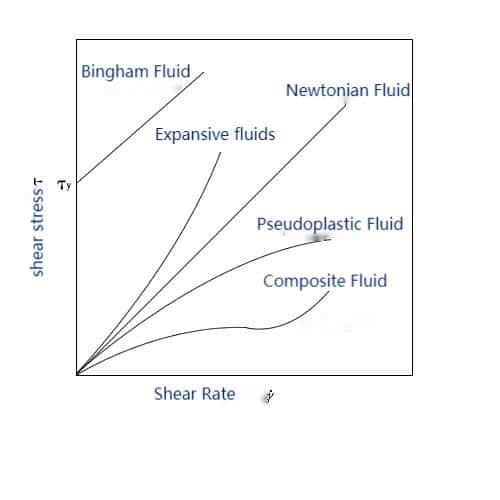
Condensed Gas
Some substances behave as gases at room temperature and pressure but coalesce into a liquid state at low temperatures or high pressures. These are called condensed gases.
Supercritical Fluids
Fluids with mixed liquid and gas properties at high pressures and temperatures. Their density and solubility properties are intermediate between those of liquids and gases. Supercritical carbon dioxide is widely used in supercritical fluid extraction and clean chemical processes.
Ideal Fluid
An ideal fluid is a hypothetical fluid whose main characteristics are incompressibility, inviscidity and reversibility. Ideal fluid does not exist in practice, it is a simplified model used for theoretical analysis and engineering calculations.
Newtonian Fluid
A Newtonian fluid is a real fluid that follows Newton’s law of viscosity, which states that shear stress is proportional to the velocity gradient. Water is a common example of a Newtonian fluid.
Non-Newtonian Fluid
Non-Newtonian fluids are real fluids whose viscosity does not follow Newton’s law of viscosity. Their viscosity can vary with shear rate, time, and other parameters. Examples include fruit juices, pasty substances, etc.
Ideal Plastic Fluid
An ideal plastic fluid is a theoretical concept that has a yield value, i.e., a sufficiently large shear force must be applied to initiate flow. This model is commonly used to describe the behavior of plastics or pasty substances.
Incompressible Fluid
An incompressible fluid is a hypothesis in which the density of a fluid does not change significantly in response to a force. This is a common model used in fluid mechanics, such as water.
Compressible Fluid
A compressible fluid is an actual fluid whose density can change significantly under force. Gases are usually compressible fluids, especially at high pressures or low temperatures.
What is hydrodynamics?
Fluid mechanics is the branch of science that studies the behavior and properties of fluids, covering their motion, flow, pressure, density, temperature, viscosity, and interaction with solid objects. It aims to understand and describe the behavior of fluids and gases under a variety of conditions and how these theories and principles can be applied to solve problems in fields such as engineering, physics, earth sciences, and biology.
Difference between liquid and gaseous fluids
Liquid and gaseous fluids are two different states, and the main difference between them is the distance and arrangement of the molecules, as well as their physical properties.
Molecular Distances And Arrangements
- LIQUID FLUIDS: In liquid fluids, the molecules are close to each other and there is a certain attractive force between them which enables them to maintain a relatively dense arrangement. There are relatively stable interactions between liquid molecules.
- Gaseous fluids: In gaseous fluids, the molecules are farther apart and there is a weaker force of attraction between them. Relatively few interactions exist between gas molecules and hence they have a high energy of motion.
Container Filling
- Liquid fluids: Liquids will fill the bottom of the container because the attraction between the liquid molecules is strong enough to overcome gravity and maintain a relatively fixed shape.
- Gaseous fluids: Gases will fill the entire volume of the container uniformly because the interactions between the gas molecules are relatively weak, they have no fixed shape and can diffuse to fill the entire container.
density
- Liquid fluids: Liquids usually have a higher density than gases because the molecules are closer together and denser.
- Gaseous fluids: Gases usually have a lower density because the molecules are farther apart and less dense.
- The density is calculated by the formula: ρ=V/m
Compressibility
- Liquid fluids: Liquids are usually incompressible, i.e., they cannot easily change their volume under regular conditions.
- Gaseous fluids: Gases are usually compressible, i.e. their volume can be reduced by increasing pressure.
Physical Properties
Liquid and gaseous fluids have significant differences in physical properties such as temperature, pressure, and density, and these differences lead to their different behavior in various applications.
Types Of Liquids Conveyed By Diaphragm Pumps
- Water: Diaphragm pumps are commonly used to transfer clear water, for example in industrial and agricultural applications.
- Chemicals: Diaphragm pumps can handle a wide range of chemicals, including acids, alkalis, solvents and corrosive liquids.
- Oil: Some diaphragm pump designs are suitable for transferring oil and petroleum products such as crude oil, diesel fuel, and fuel oil.
- Food & Beverage: Diaphragm pumps are used in the food and beverage industry to transfer food ingredients, berries, syrups, juices, and alcoholic beverages.
- Pharmaceutical: Diaphragm pumps are used in pharmaceutical manufacturing to transfer medicinal liquids and pharmaceutical raw materials.
- Wastewater: Used to transfer wastewater from treatment facilities to downstream treatment units.
- Slurry: Diaphragm pumps are typically capable of handling slurries, mud, and other liquids with high solids content.
- Chemical waste: Used to treat and dispose of a variety of chemical wastes.
- Suspended particles: Diaphragm pumps can convey liquids with suspended particles, such as sludge with particles.
Types of diaphragm pumps for different fluids
Air operated diaphragm pump
Air operated diraphragm pump usually suitable for conveying a wide range of general liquids, including water, solvents, mineral chemicals, and so on. It is a type of positive displacement pump. They are widely used in industrial applications. Some models of diaphragm pumps can be used to handle mildly corrosive or viscous liquids, but for extremely corrosive liquids, special materials or corrosion-resistant models of diaphragm pumps may be required. The KES25 1″ diaphragm pump meets the needs of most liquids.
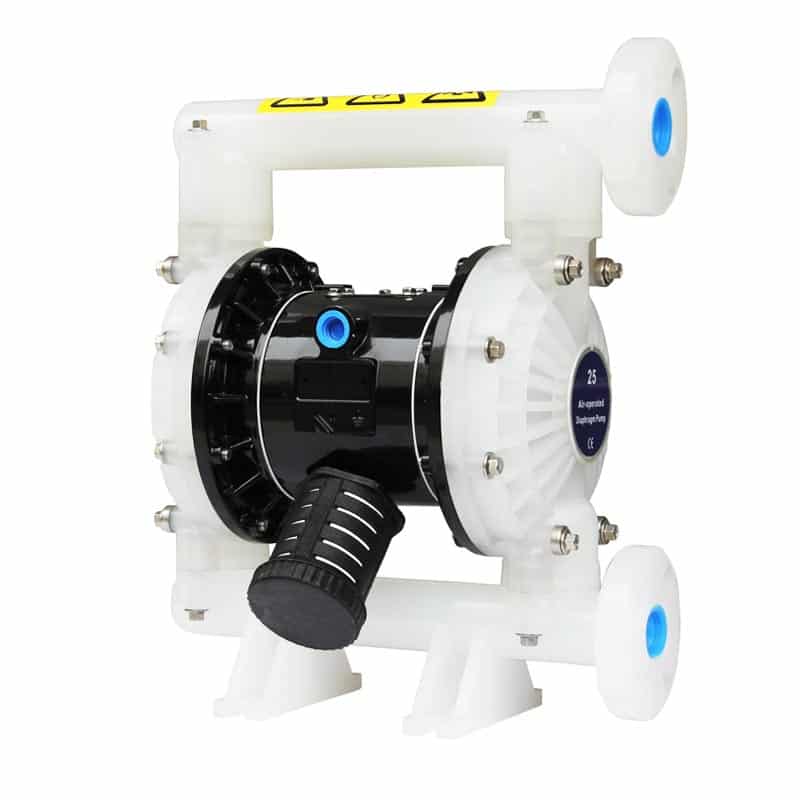
Double Diaphragm Pump
Double diaphragm pump suitable for high viscosity, corrosive, abrasive, and low solid particle content liquids. Commonly used for the transportation of paints, coatings, pigments, adhesives, and other viscous chemicals.
EODD Pump
Electric diaphragm pumps are suitable for applications requiring greater flow and pressure, including wastewater treatment, food and beverage production, etc. They are also used to transfer a wide range of liquids, such as acids, alkalis, petroleum products, food ingredients and more.
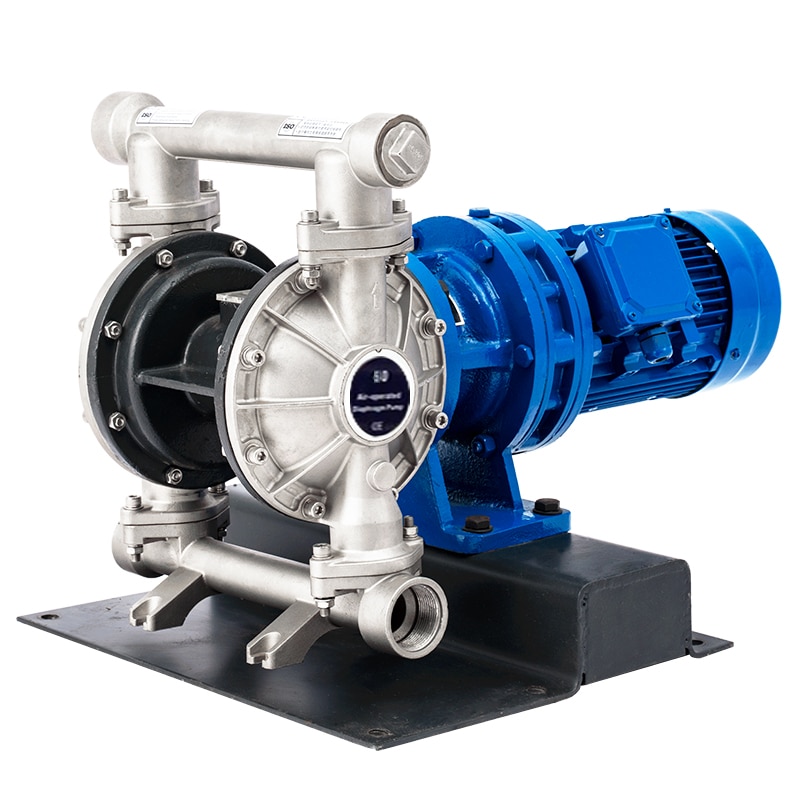
Sanitary diaphragm pumps
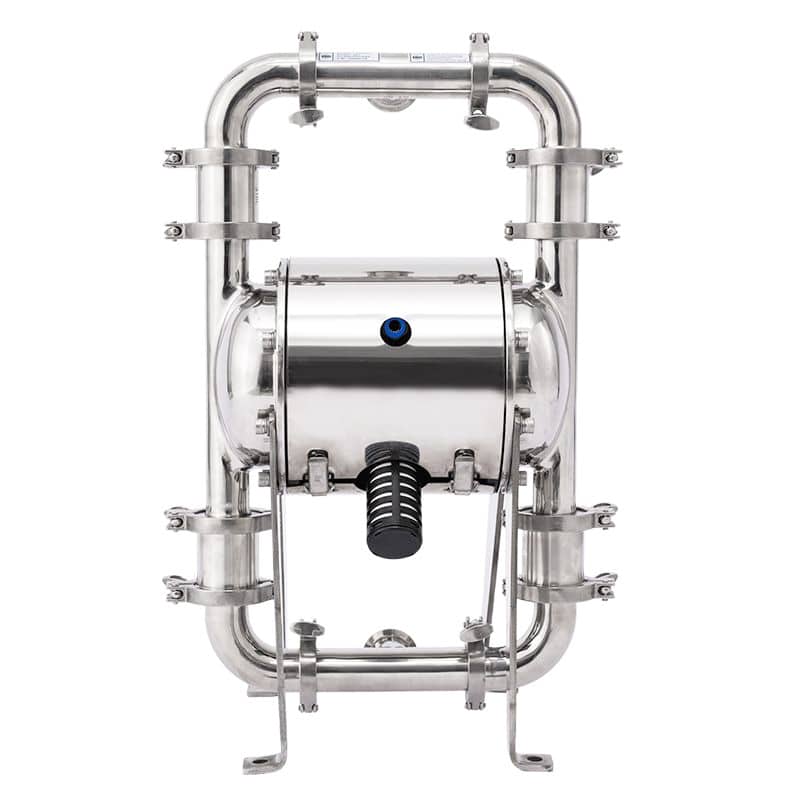
Suitable for hygienic applications pump such as food and pharmaceuticals where prevention of cross-contamination and maintenance of high hygiene standards are required. Typically used for conveying food, pharmaceuticals, beverages and biological products.
Fluids to which the progressive cavity pump is adapted
Progressive cavity pump is a positive displacement pump of positive displacement type, which is widely used in a variety of industries for its advantages of smooth conveying, small shear, strong self-absorption capacity, and wide range of applicable fluids.
- The first choice for high viscosity, high solids, high shear sensitive fluid transportation
- Smooth output flow, small pulse, suitable for metering, dosing and filling scenarios
- Strong self-priming ability, suitable for low liquid level or large suction range occasions
- Bi-directional conveying (forward and reverse), easy maintenance.
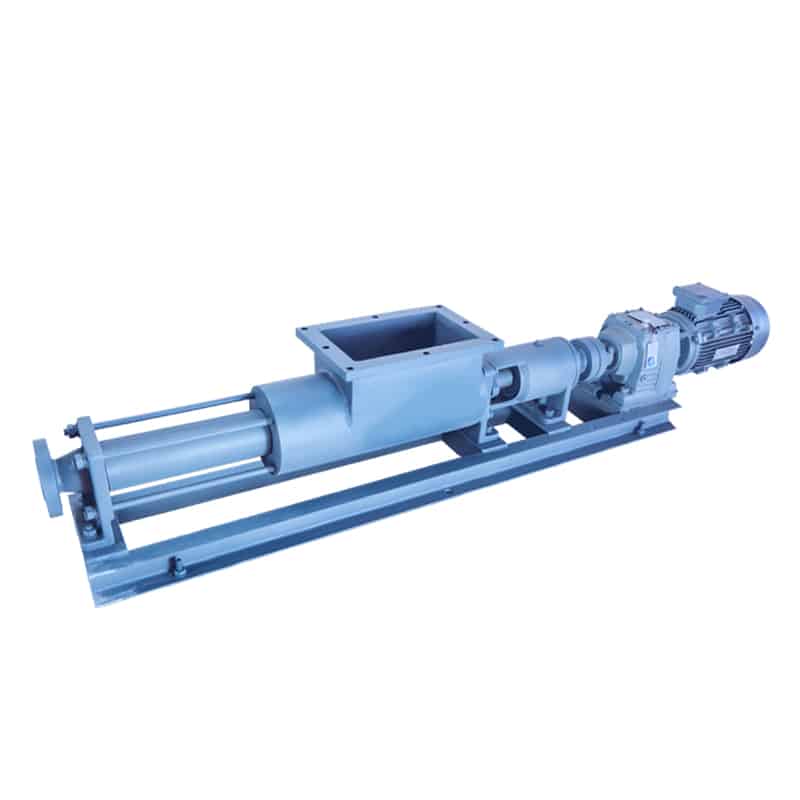
Why are diaphragm pumps ideal for transferring different types of liquids?
Diaphragm pumps are ideal for the transfer of different types of liquids as they offer good versatility to cope with a wide range of liquids, including those that are corrosive, highly viscous, or with solid particles. The structure of diaphragm pumps allows them to effectively handle a diversity of liquids, as well as having self-priming capabilities, simple maintenance, and wide applicability, making them the preferred pump type in many different industries.
Shear-sensitive Fluid Applications
Portable liquid transfer of shear-sensitive fluids is extremely complex. Some shear-sensitive liquids can decrease or increase their viscosity due to the pressure of mechanical or other pumps. However, diaphragm pumps are ideal for the transfer of shear-sensitive liquids and fluids. Hence, you can transfer any type of paints, pharmaceutical slurries, and resins with the help of diaphragm pumps as the diaphragm pumps are ideal to transfer these fluids without pressure, thereby not changing the viscosity of the fluids.
Pumping Efficiency
Efficient pumps are the priority of every industry and the diaphragm pumps are the most efficient in terms of output and handling. First of all, the maintenance costs are extremely low. Secondly, the diaphragm pumps can perform consistently in complicated situations. Thirdly, diaphragm pumps are multipurpose. Hence, they can be used for various types of liquid transfers within the industry. Thereby, increasing the benefits manifold and increasing the efficiency of resources.
Ability To Be Pump Almost Any Type Of Fluid
Diaphragm pumps are manufactured in a way that they can pump almost any type of liquid. These liquids can include hazardous liquids, liquids with high viscosity, and liquids with special conditions. In short, diaphragm pumps are multipurpose pumps due to their ability to pump almost any type of fluid in a complicated situation. Hence, diaphragm pumps are ideal for liquid transfer as well.
Summary
AOBL is a fluid transfer specialist offering filter press feed pump, magnetic drive pump, vertical centrifugal pump, chemical pump and pump parts & accessories. feel free to contact us.

